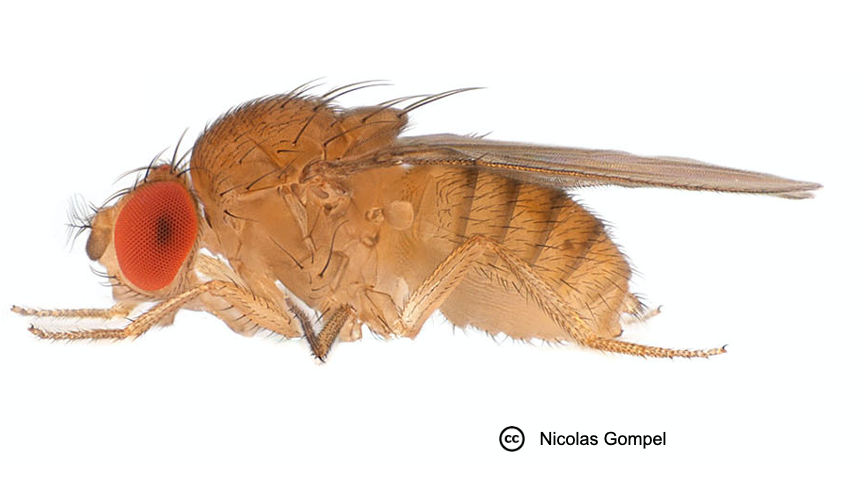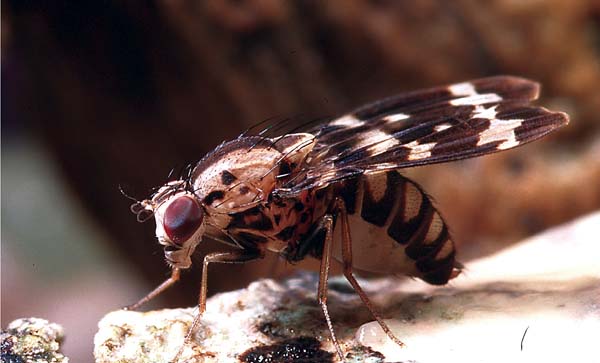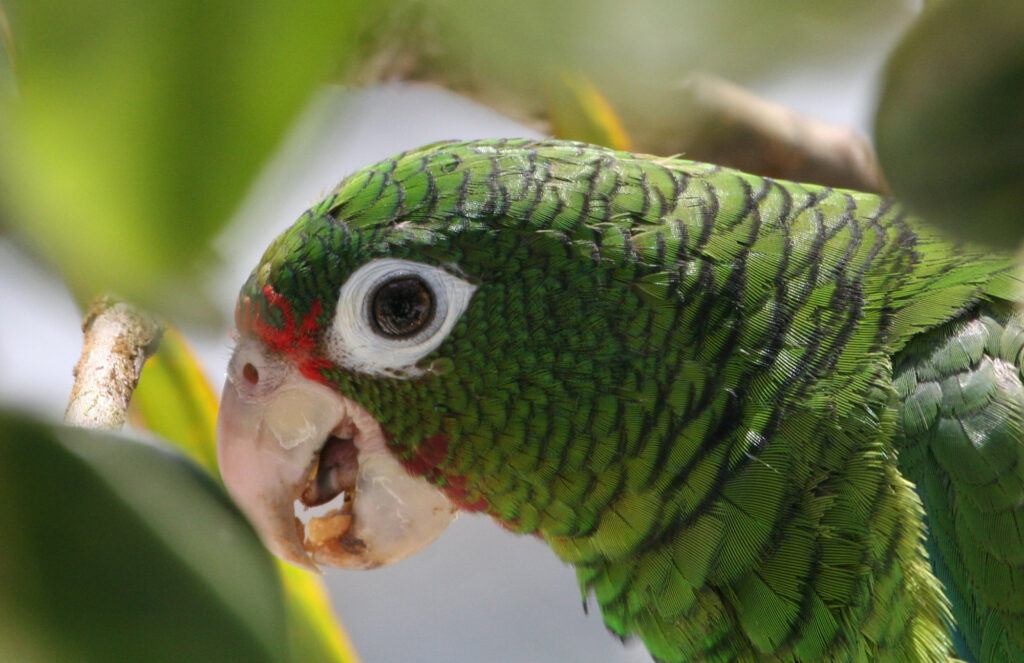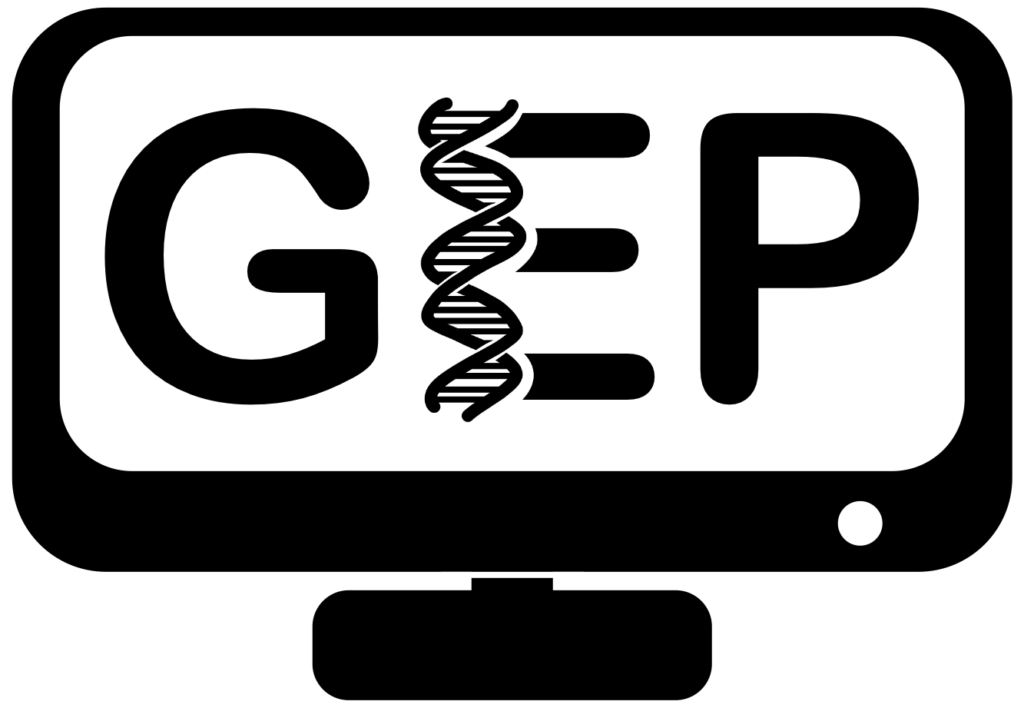Research Projects
The GEP introduces students to research in genomics by engaging them in projects for which careful annotation of genes from recently sequenced species provides important data. Many scientific questions can be addressed using comparative genomics, as evolution enables us to identify conserved features and important changes. With the advent of inexpensive DNA sequencing, many new genomes are being sequenced, but most are annotated only by computer tools. Analysis by humans can make a difference, and high quality gene annotation can provide the data sets needed for comparative analysis.
GEP students construct gene models using evidence tracks on a genome browser and other bioinformatics tools such as NCBI BLAST. The annotation process requires students to evaluate multiple lines of evidence (e.g., sequence similarity, gene predictions, RNA-Seq data, repeats), and resolve apparent differences among these evidence tracks in order to create defendable gene models.
For quality control, each project is completed by at least two students working independently and then reconciled by experienced students. The assembled data are used for meta-analysis, and the faculty and students who contributed data to the project are eligible to be co-authors on the resulting scientific publications.
GEP students are currently engaged in comparative gene annotations for four research projects—F Element, Parasitoid Wasps, Pathways, and Puerto Rican Parrot.


In this GEP project, students annotate venom encoding genes from three species of parasitoid wasps that infect Drosophila melanogaster. The gene models generated in this project will allow us to investigate the evolution of venom proteins and to better characterize the proteins for follow up functional studies.


The Puerto Rican Parrot Project is focused on annotating genes known to be differentially expressed in the uterus during eggshell deposition with the aim of finding genetic differences between the Puerto Rican parrot and its sister species.
